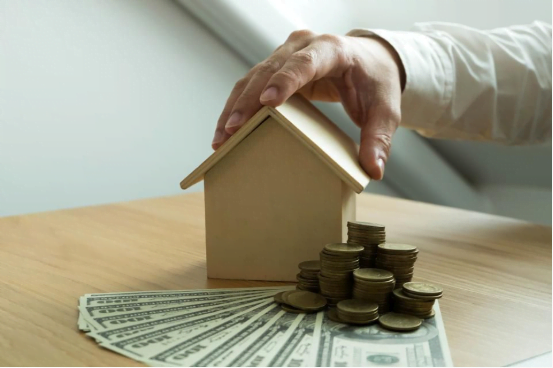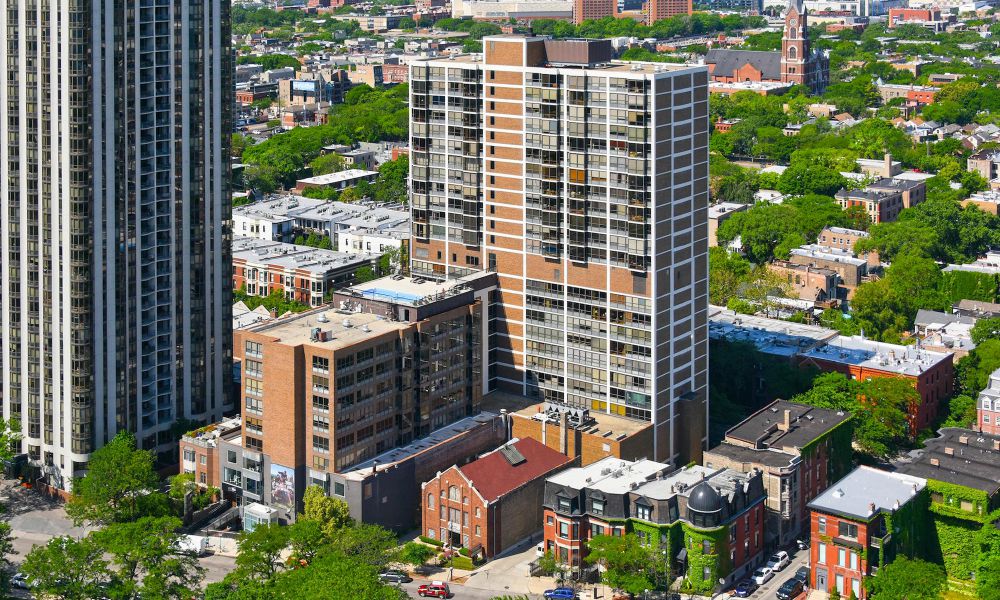05.21.19
Forbes: Buying Property? Use Your Equity, Not Your Cash

By Lee Kiser, Kiser Group
When calling a successful portfolio owner for a listing, every commercial real estate broker can tell you the most common phrase they hear: “I would sell if I had a place to put the money.” Typically these owners do not sell property but continue to purchase buildings to add to their portfolio — and the equity used for the purchase is their cash from each building’s cash flow. As a method toward building a healthier investment portfolio, these clients should be using their equity instead by buying properties through reverse 1031 exchanges.
A typical long-term portfolio owner usually has properties that are nearing being fully depreciated. These long-term investments generally have healthy cash flow, but not a good return on equity. Here’s a typical example that investors use to buy their next investment:
If you bought a $2 million apartment building, you probably put down $500,000 for it and the building likely generates $50,000 a year in cash flow after debt service (mortgage, etc). This gives you a return on equity (or cash on cash) of 10%. You’re also not paying income tax on much, if any, of that cash flow because of depreciation. Let’s fast-forward 20 years. You probably have about $450,000 left to depreciate from your original basis of approximately $1,750,000 ($2 million less costs of acquisition and land value, which does not depreciate).
Now factor in 20 years of appreciation and rent/expense inflation. Your building is probably now worth about $5 million and your cash flow is probably $150,000. The key question, though, is what is your equity? You have the original $500,000 and the loan paid down to approximately $700,000, resulting in $1.3 million in equity from your original purpose. Add the current value of the building, less costs of sale, and add the difference above what you originally paid to arrive at a new equity level of approximately $4 million. If this is the case, you may think your cash flow is great at $150,000 per year (or three times what it was when you bought the building) but your return on equity is only 3.8%.
In a typical 1031 exchange, the owner sells a property, transfers the funds to an exchange accommodator, and within 180 days purchases a like-kind property. This is a highly used method to defer capital gains tax and reset basis for depreciation. What portfolio owners too often miss or don’t consider is the potential to get their equity to work for them through a reverse exchange. In a reverse exchange, you first buy the property you want to exchange into, then designate the property(s) you will sell from which you will move the equity.
If you’re a portfolio owner already using cash to buy additional property, why not sell one of your older acquisitions to replace your cash with equity after you sell it? A reverse exchange is exactly that. You buy the property first and then you designate the property you will sell, move the equity into the new investment and take the cash back out while still having deferred the capital gains tax. A lot of people will shy away from a reverse exchange because they assume potential buyers of their property will think they are in a “need to sell” situation. But if you’re willing to own the property you’re buying using cash, you can decide whether or not the price of a property you’re selling makes sense to make the equity play instead.
In addition to the above logic, you also are making your old equity work harder. In our example, you haven’t used any cash except your original $500,000 to end up with equity of $4 million. What can you buy with $4,000,000? If leveraged conservatively, you can buy a $12,000,000 building. This new property will likely cash flow $400,000 per year or a 10% return on equity (cash on cash). You also go back to protecting your cash flow through increased depreciation deductions. Your new basis will be approximately $10.1 million (95% of your acquisition less 5% for cost and land, less your previously depreciated basis of approximately $1.3 million).
A reverse exchange gives an investor the ability to dramatically increase their return on equity and protect their cash flow by stepping up their basis. If you’re a portfolio owner buying additional buildings with cash, don’t be nostalgic about your older buildings — make your equity go back to work for you by utilizing a reverse exchange.
